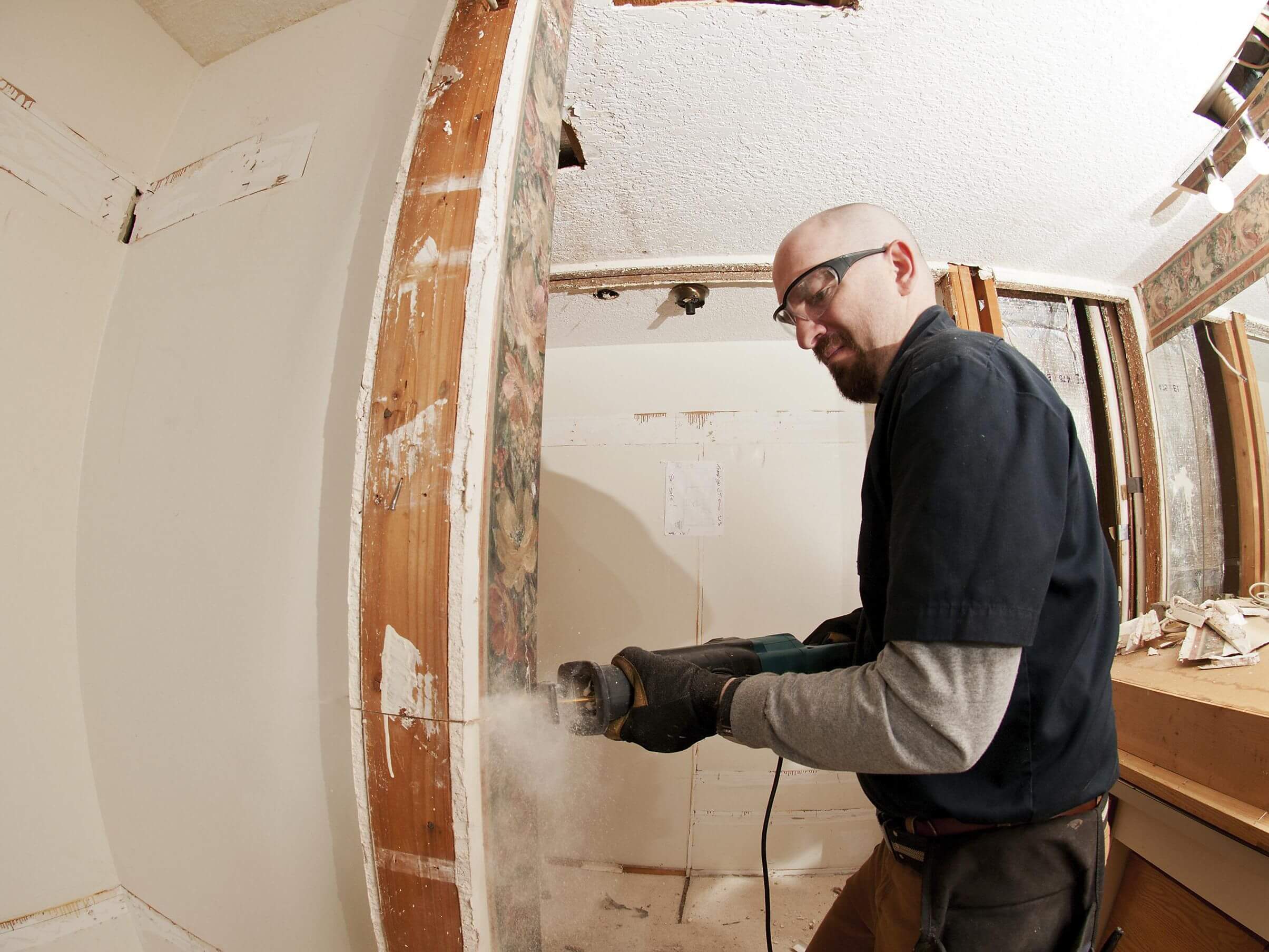How to Save Money Renovating a Bathroom: Hiring the Right Renovation Company
What to Look for in a Contractor
Tick tock, tick tock, time is passing by and your home won’t fix itself…So what is going to be the excuse this time…the dog ate the blueprints or maybe the stars were not correctly aligned? We know that sometimes coming to a decision can be difficult with so much uncertainty out there but you really should attend to your home before the problem gets out of hand.
As life would have it, there is never going to be a perfect moment to hire a bathroom renovations company but we can at least help you to get over the trepidation and get that wrecking ball going, so to speak.
If you’re like me, you have limited funds and you want everything to go smoothly. We have all heard stories from friends and family of “contractors gone bad” and if you need a refresher just check out Holmes on Homes on HGTV which highlights homeowners who have hired unscrupulous contractors. Not only did they have poor quality work done, they also had to endure weeks of delays and in some cases downright dangerous end results.
The reality of the matter is if you pick the wrong so-called professional, you may be left with a hefty bill with little to show for it and no funds to fix the situation. Remodeling is stressful enough without this unnecessary and preventable problem. You want to avoid being the victim at all cost.
Read more: Where to Place Your Bathtub Plumbing Fixtures
How to Evaluate the Company
This less than perfect scenario can be sidestepped by simply sitting down with your prospective renovator and asking a few simple questions to evaluate the company and can potentially save you the head ache of hiring a bad contractor. This is probably the easiest step in the selection process and will go a long way towards making sure your project is finished successfully, on time and within your budget.
Before getting in touch with any contractor you should try to get a sense of the renovation experts working in your municipality. This can be done by familiarizing yourself with the portfolio of previous jobs a contractor has worked on before.
While having a website does not guarantee they are legit, through photos and videos you can get an idea of the quality of work the company has done which will help you decide if their approach to design is the right fit for you.
Deciding How to Proceed
In a world full of exaggeration and bold claims, references are Gold! Once you have found a contractor that appeals to your wants, it is imperative that you check their references. The more associations and licensing boards they belong to the better because most of these homebuilders associations have to keep up with the latest industry standards and regulations taking place in the trades.
Not only will they have access to up-to-date trending information they will more than likely be abreast of current design ideas in home renovations. As an added bonus this may even give you some insights into what it would be like working with that particular contractor.
Read more: Factors to Consider When Choosing a Whirlpool or Air-Jet Tub
An important factor that most homeowners forget to ask a potential contractor is if they are insured (preferably in the area of one to two million dollars). Whether or not you have home insurance, you still need to make sure he is insured to protect both of you in case of any unforeseen complications or accidents on the job site. Having home insurance also sometimes allows you to get extra coverage when renovating, to cover any liabilities that may ensue on the premise.
How to Discover a Top Rated Professional
While most homeowners who have gotten this far feel that they have done their due diligence, don’t you make the same mistake. In other words, you need to dig just a little bit further. There are usually subcontractors, work crews, and different suppliers involved and it pays to at least be aware of the main players involved. A contractor who is open to disclose the people and processes involved will be more sensitive to your needs and will be easier to work with to get you the materials you are considering to finish your project.
Read more: Using a Survey Checklist to Identify Problem Areas
Whoever is renovating your home, you want to have a good working relationship with. Take your time, have faith in your intuition, after all this is your private space, you need to feel not only that you are making the right decision, but also that you can trust and talk freely with your contractor. Remodeling is an expensive and time consuming endeavor and you want your home renovations to proceed exactly as planned.
Interview several companies; ask all the right questions, view example of their work and follow up on references. Remember, choosing a contractor based upon price alone does not guarantee quality work. Hiring an outsider to update your home can bring both joy and trepidation but if you follow these guidelines then finding a reputable provider will be a fulfilling and memorable experience.
Read more: Using a Ceramic Tile Cutter



